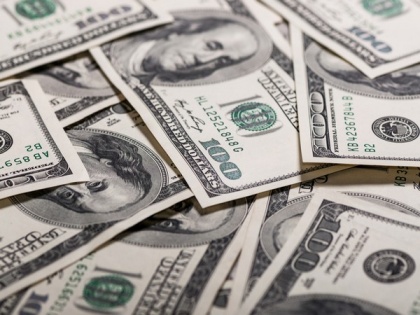Spreads, costs shocks may double rate of loss-making: S&P
By ANI | Published: June 22, 2021 04:54 PM2021-06-22T16:54:09+5:302021-06-22T17:05:02+5:30
A twin shock of rising price pressures and interest costs globally may almost double the proportion of corporate loss-makers within two years, according to a global stress-test analysis published by S&P Global Ratings on Tuesday.

Spreads, costs shocks may double rate of loss-making: S&P
A twin shock of rising price pressures and interest costs globally may almost double the proportion of corporate loss-makers within two years, according to a global stress-test analysis published by S&P Global Ratings on Tuesday.
A sharp increase in loss-making corporates is among the potential scenarios emerging from a wide-ranging stress test of more than 10,000 global non-financial corporates representing almost one-third of global corporate debt or 26.3 trillion US dollars.
The analysis covers seven stress scenarios using various ranges of cost inflation and interest spreads for corporates spanning North America, Latin America, Europe and Asia Pacific.
"As the post-pandemic recovery continues apace, prospects for higher inflation and debt repricing are rising," said Terry Chan, Senior Research Fellow at S&P Global Ratings.
"Although a near-term debt crisis is unlikely, our stress test found that an inflation spike and interest rate shock could see a sizable jump in the number of borrowers facing credit stress or strain."
S&P's twin-stress scenario projects that the effect of 1970s-style cost inflation and an interest spread shock similar to that of the global financial crisis could see potential loss-makers almost double to 12 per cent by 2023.
Under this scenario, the share of highly indebted companies can reach almost 40 per cent by 2023. S&P defines 'highly indebted' as a ratio of debt to EBITDA of more than four times or a ratio of funds from operations (FFO) to debt of less than 20 per cent.
Chan said cost inflation is likely to be more worrying than rising interest costs for the average corporate borrower. This is because they may not be able to pass on all input-cost increases to customers, amid an uneven recovery of sectors and economies.
Meanwhile, the pushing out of debt maturities in recent years has cushioned many corporate borrowers against interest-cost rises -- at least for the next few years.
"In the post-Covid world, however, such interest rises will increasingly weigh on debt sustainability as more debt comes to maturity," said Chan.
( With inputs from ANI )
Disclaimer: This post has been auto-published from an agency feed without any modifications to the text and has not been reviewed by an editor
Open in app